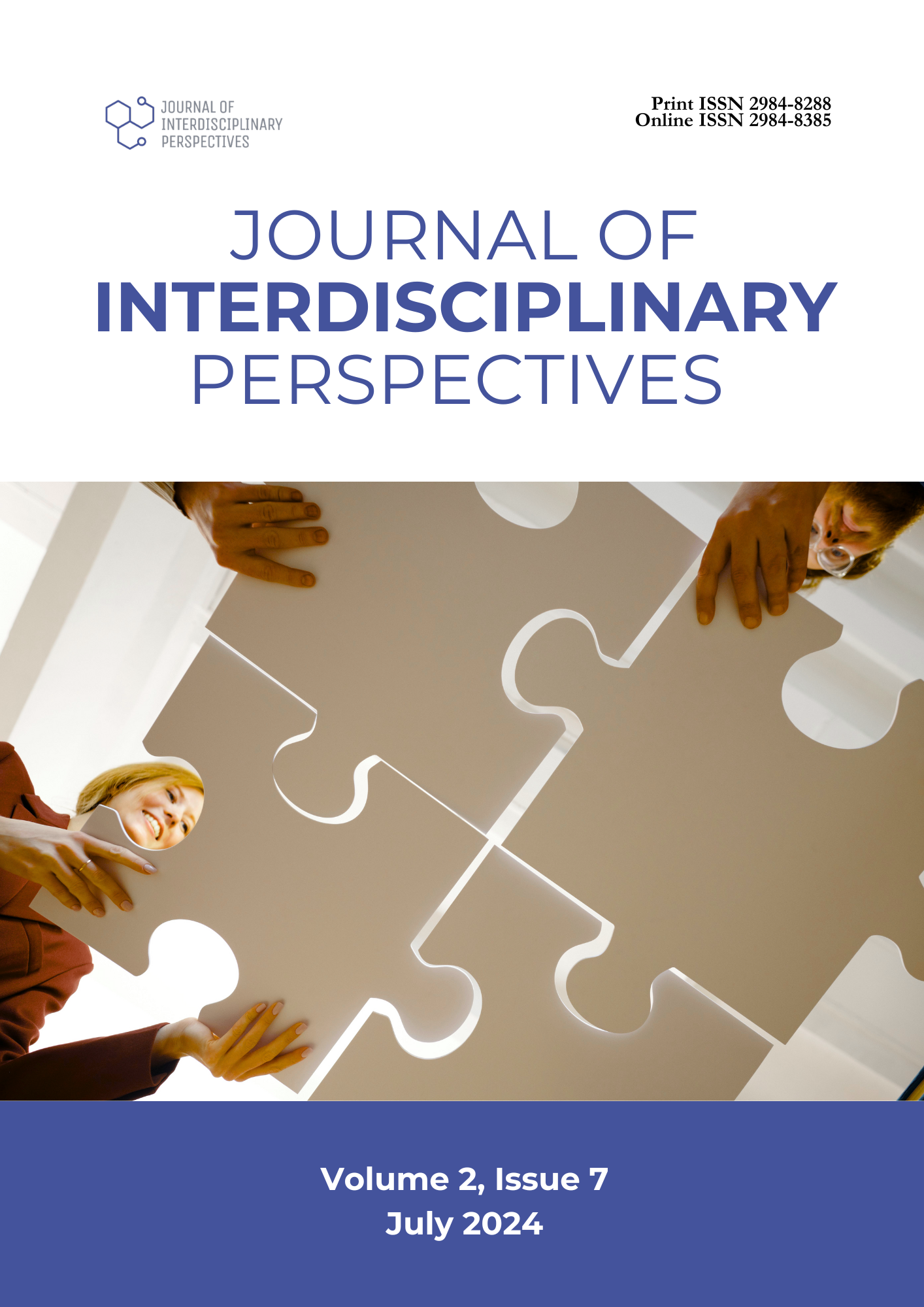The Spiral Progression Approach in Learning Mathematics: Advantages and Disadvantages
DOI:
https://doi.org/10.69569/jip.2024.0146Keywords:
Age-appropriate learning, Broad curriculum, Concept repetition, Prior knowledge dependence, Spiral progression approachAbstract
This study aimed to identify students' perspectives on the advantages and disadvantages of the Spiral Progression Approach (SPA) in learning mathematics. This topic interests the researchers due to the lack of current literature focusing on it. The study utilized a descriptive and explanatory survey and employed a systematic sampling technique to identify the 277 Senior High School students who served as respondents. A validated questionnaire was used, with the following Cronbach’s Alpha coefficients: 0.701 for repetition, 0.702 for improved prior knowledge, 0.713 for age-appropriate learning, 0.704 for limited time, 0.723 for prior knowledge dependence, and 0.720 for broad curriculum. The study revealed that students have “high” perceptions of the advantages of the SPA in terms of repetition, prior knowledge, and age-appropriate learning. However, students also have “high” perceptions of the disadvantages of the SPA in terms of limited time, prior knowledge dependence, and broad curriculum. Moreover, the results indicate that students’ academic performance in General Mathematics is “very satisfactory” and significantly correlated with their perceptions of the advantages of the SPA.
Downloads
References
Alvarez, D. D. (2022). Gaps in Learning Patterns and Algebra of Junior High School Students During the Pandemic. ms, Dumaguete City.
Amirul, F. B. (2021, August 24). Teaching Filipino using Spiral Progression Scheme and the implication to student’s performance in MSU-Sulu Laboratory High School. https://journal.ijresm.com/index.php/ijresm/article/view/1232
Bartolome, D. (2023). Spiral Progression Approach In Teaching Mathematics: Its Implementation In The Public Secondary School. Quantum Journal of Social Sciences and Humanities, 4(3), 81–100. doi: 10.55197/qjssh.v4i3.226
Batidor, P. G., & Casinillo, L. F. (2021). Evaluating Spiral Progression Approach (SPA) in teaching science and mathematics for Junior high curriculum. Philippine Social Science Journal, 4(3), 39–47. doi: 10.52006/main.v4i3.362
Boladola, B. R. (2018). Memory Retention and Retrieval in K–12 Spiral Progression Approach in Science: A Curriculum Issue analysis. http://sillimanjournal.su.edu.ph/index.php/sj/article/view/44
Borkala, L. K. M. (2022, May 12). Spiral Curriculum Model: Understand its pros and cons. CollegeMarker Blog. https://collegemarker.com/blogs/spiral-curriculum-pros-and-cons/
Bueno, K. D. M. (2023). Mathematics Teachers’ Assessment Of Spiral Progression Approach. International Journal of Research Publications, 123(1). doi: 10.47119/ijrp1001231420234721
Cabansag, M. G. S. (2014). Impact statements on the K-12 science program in the enhanced basic education curriculum in provincial schools. Researchers World, 5(2), 29.
De Ramos-Samala, H. (2018). Spiral progression approach in Teaching Science: A case study. KnE Social Sciences, 3(6), 555. doi: 10.18502/kss.v3i6.2404
Futalan, M. C. Z., & Mamhot, M. R. (2018). Students’ Workload and Mathematical Anxiety under the New DepEd K to 10 Curriculum of the Philippines. Prism, 23(1).
Igcasama, R. M. (2021, February 3). Teachers And Students’ Perceptions On The Implementation Of K-12 Spiral Progression Approach. Igcasama | IJIET (International Journal of Indonesian Education and Teaching). https://e-journal.usd.ac.id/index.php/IJIET/article/view/2983/2177
Lynch, M. (2023, April 14). The 20 Biggest Challenges Facing Education in 2023 - The Edvocate. The Edvocate. https://www.theedadvocate.org/the-20-biggest-challenges-facing-education-in-2023/
Mead, S. (n.d.). Differentiated Learning: Why “One size fits all” doesn’t work in education.https://www.whitbyschool.org/passionforlearning/differentiated-learning-why-one-size-fits-all-doesnt-work-in-education
Orale, R. L., & Uy, M. E. A. (2018). When the Spiral is Broken: Problem Analysis in the Implementation of Spiral Progression Approach in Teaching Mathematics. Journal of Academic Research, 3(3), 14–24. http://jar.ssu.edu.ph/index.php/JAR/article/download/8/8
Panggabean, R. F. S. B., & Tamba, K. P. (2020) Kesulitan Belajar Matematika: Analysis Pengetahuan Awal [Difficulty In Learning Mathematics: Prior Knowledge Analysis]. Johme: Journal of Holistic Mathematics Education, 4(1), 17. doi: 10.19166/johme.v4il.2091
Sanders, K. (2024). Attribution theory. In A Guide to Key Theories for Human Resource Management Research (pp. 44-51). Edward Elgar Publishing.
Van Werven, I. M., Coelen, R., Jansen, E., & Hofman, W. (2021b). Global teaching competencies in primary education. Compare, 53(1), 37–54. doi: 10.1080/03057925.2020.1869520
Writer, G. (2022, January 11). What is Spiral Curriculum and is it helpful for homeschoolers? BJU Press Blog. https://blog.bjupress.com/blog/2022/01/11/what-is-spiral-curriculum-and-is-it-helpful-for-homeschoolers/?fbclid=IwAR1cMMVeVGy9PY5Y5o1suKxFyDGYbw4A7EMhTeHhPtVMAOMYjOpWUP3utw
Yap, D. T. (2019). Gaps in the Spiral Progression Approach in Teaching Patterns and Algebra. Foundation University, Dumaguete City.
Downloads
Published
How to Cite
Issue
Section
License
Copyright (c) 2025 Journal of Interdisciplinary Perspectives

This work is licensed under a Creative Commons Attribution-NonCommercial 4.0 International License.









